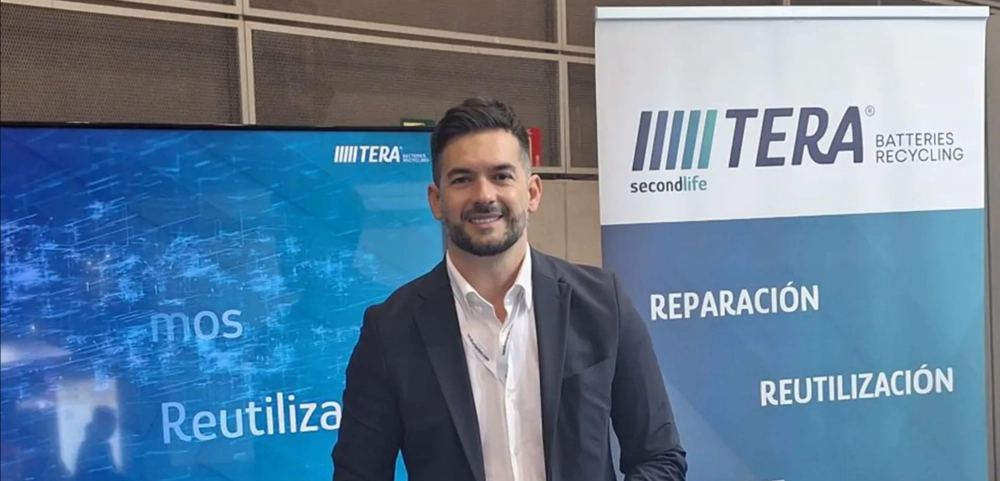Currently, in Spain, the average price of electric vehicles (EVs) tends to exceed 40,000 euros.
A significant part of this cost is associated with the batteries, which “currently represent between 30 per cent and 40 per cent of the total value of the car,” explains David Santiago, CEO of TERA Batteries, to Mobility Portal España.
Lithium-ion batteries currently dominate the market.
However, manufacturers have been dedicating the past few years to researching and developing solid-state batteries, aiming to provide considerable benefits to electric vehicles.

“What is sought with this technology is to reduce the price of the car,” Santiago asserts.
When is this expected to happen?
It is speculated that by 2026, the prices of EVs could equal those of combustion ones.
“As we approach that year, I don’t believe we will see a complete equalization between the two technologies, but we may observe it in certain models and market segments,” he maintains.
In addition to improving the cost-benefit ratio, this technology also aims to increase the safety of vehicles, especially in terms of preventing potential fires, as these batteries do not risk overheating.
But that’s not all.
It could also increase autonomy, reduce the weight and size of the batteries, improve durability, allow for faster charging, and be more environmentally friendly.
“It is being discussed that with this transition, there will be an increase of at least a third to 40 per cent in the improved properties compared to current lithium-ion batteries,” he points out.
How does this technology work?
Primarily, it involves changing the electrolyte of the batteries from a liquid state to a solid state.
From a technological standpoint, Asia has long been leading the electric vehicle and battery sector.
For example, Toyota has been researching solid-state batteries for several years and is the first company planning to launch a car with this technology for research and testing.
The company has chosen to wait for this transition to take place rather than fully committing to electrification, maintaining its focus on hybridization.
The strategy is to wait for the technology to be commercially available before launching vehicles equipped with it and skipping that step.
Moreover, this pilot will not be in an electric car but in a hybrid one.
The scheduled release date is 2025.

Meanwhile, in China, various companies are forming consortia with the support of the local government to position themselves at the forefront of this innovation.
One of the leading companies in this sector is CATL.
Throughout 2023, the company reaffirmed its position as the undisputed leader in the EV battery market, surpassing its competitors by more than double.
According to the battery capacity figures manufactured from January to November 2023, CATL reached 233.4 GWh, leaving BYD with 98.3 GWh and LG with 84.8 GWh behind.
“Surpassing these companies will be a considerable challenge, and Europe needs to step up,” Santiago emphasizes.
But when will solid-state batteries be introduced to the eMobility market?
According to the CEO, all manufacturers estimate that this technology will be available between 2027 and 2030.
“I find it difficult for the entry to be in the short term, in the next two years,” he adds.
What role will TERA Batteries Recycling play in this process?
The Spanish company is dedicated to developing solutions focused on the repair, reuse, and second-life recycling of electric vehicle batteries.
In this context, it prioritizes repair over recycling, seeking to recover all materials for reuse in the automotive sector or other fields.
“Regardless of the technology, we will continue working in this direction, as each battery installed in a car has a beginning, a durability, and an end,” he explains.
As part of its expansion plan, TERA aims to integrate “as many workshops as possible” into its network, with the goal of offering them coverage, support, and service, including training, so that they can also serve their customers.









